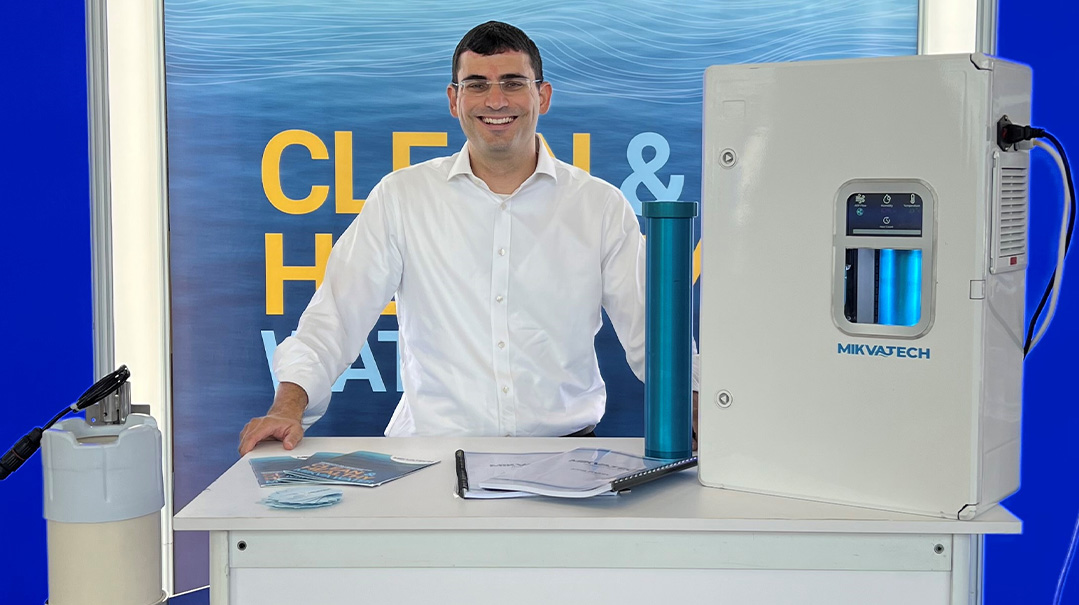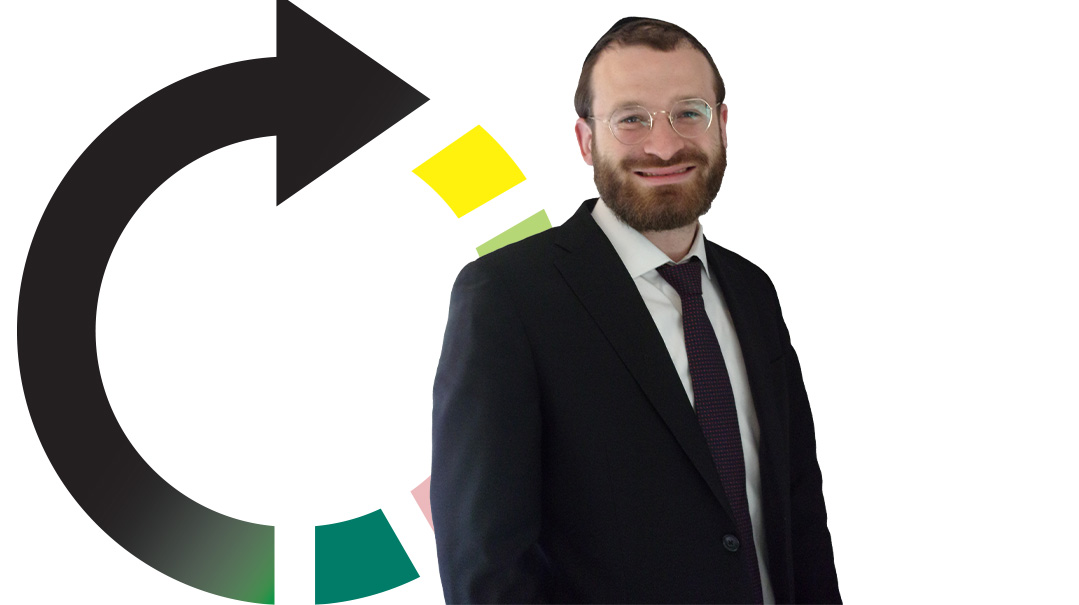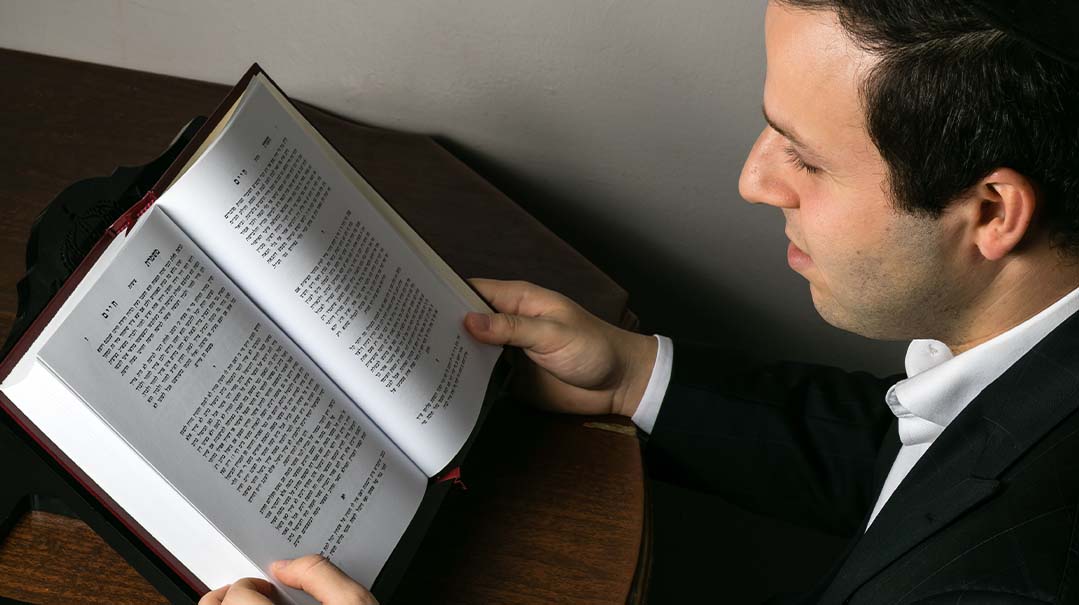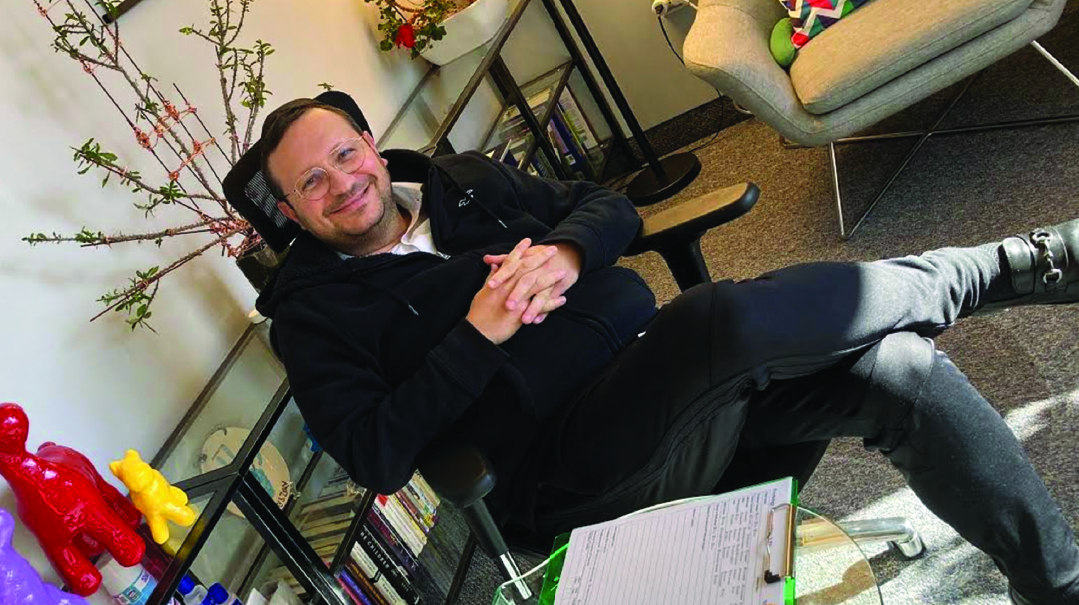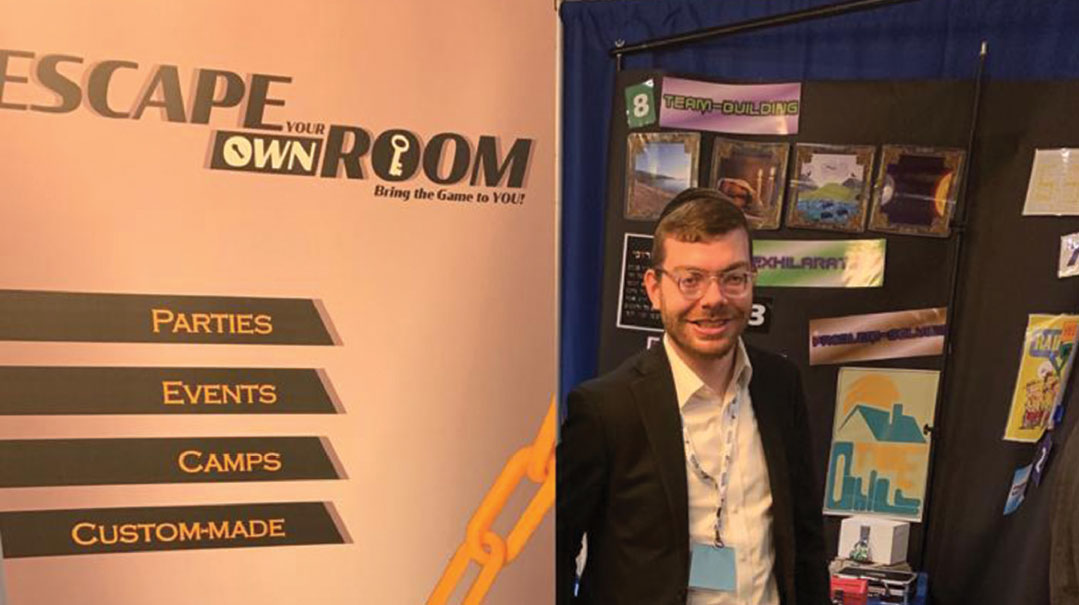Watch Your Step

Classy and graceful, not loose and wild
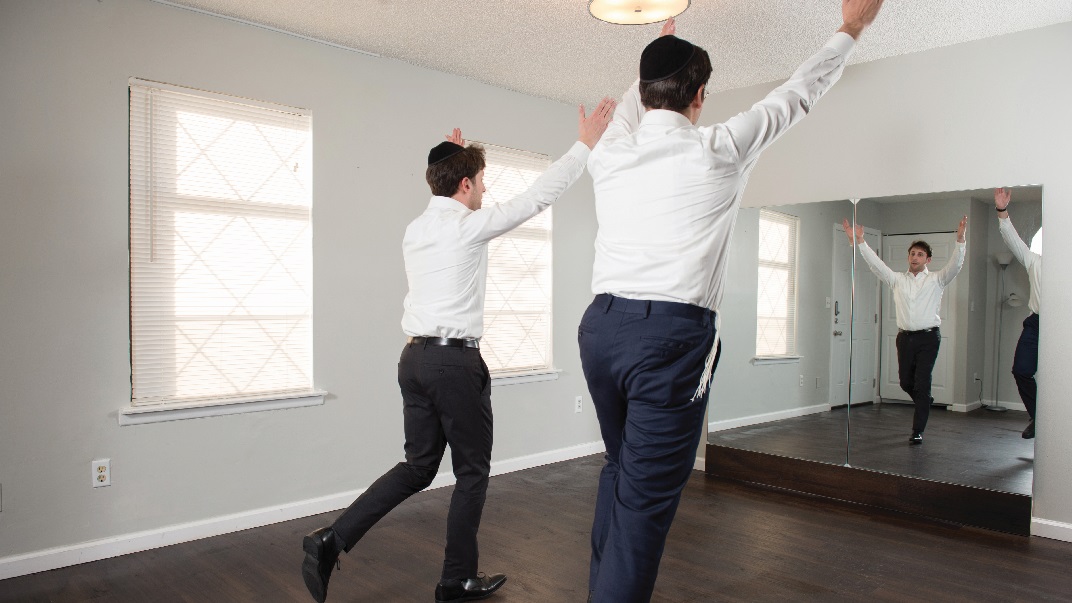
What I do
I give one-time private dance lessons for simchah dancing.
What that means
I teach all kinds of chasunah dancing for men — in the big circle, one-on-one, and solo. I break down every step of classic and popular dances so my clients can understand the dance and execute it with ease. They need only one one-hour lesson. I always tell my clients, “My job is to make sure that when we’re finished you look fantastic. Your job is to do a few quick practices over the next few days prior to the simchah.” Practicing the moves will make them second nature, enabling you to dance without (too much) thought at the wedding.
My clientele
It’s generally chassanim, mechutanim, brothers, and boys in the dating parshah. They figure, why wait for my own wedding to learn how to dance when I’m attending friends’ weddings weekly? What surprises most people is how many fathers of the chassan or kallah come to me — fathers make up close to 40 percent of my clientele. As one father said, “I haven’t danced in 20 years and now I’m suddenly running the show, I could use a refresher!” My classes are generally one-on-one, or I’ll have a two-person session — a chassan and his father, for example. I discourage more than two people, especially if it’s with a chassan since he needs attention and focus. I’ve also had quite a number of rebbeim, rabbanim, and head counselors who find the skills I teach useful for siyumim, mesibos, Simchas Torah, banquets, and whenever they might be dancing.
Where they come from
Most bochurim are locals or learning in Lakewood. Fathers and mechutanim also come from Flatbush, Boro Park, Monsey, and Passaic, and I try to accommodate them by scheduling a class that coincides with another simchah or event they have here. I actually just coordinated a class for a client who flew in from out-of-town for a business trip.
How I got started
Dancing is something I always had a passion for — I grew up watching my father who’s a phenomenal dancer, and as a bochur, I’d often be asked by friends to teach them a dance for their siblings' weddings. After I got married, my friends were still asking for dancing advice, but now for their own weddings, and I realized there’s a real need. My own father-in-law admitted feeling a bit uneasy before my wedding knowing he hadn’t really danced in years, and it was with his encouragement that I got Dance with Confidence started a little more than two years ago.
Flying solo
One special thing I offer is a customized solo dance. As we work with the moves for circle and one-on-one dancing, I see what that client identifies best with, and I combine those moves with transition moves to create a solo dance sequence. Although some of the same moves are used with one-on-one dancing and with solo dancing, the objective is different: With both one-on-one dancing, as long as you have the rhythm, the main idea is to create a good energy, or geshmak. With solo dancing, the goal is to look classy and graceful, not loose and wild.
The music that works
Since I teach chasunah dancing, the best music to teach to is chasunah music. In my studio, I use a professional recording from my own wedding — I got married four years ago, and I had a top-of-the-line band and singer, so it’s a great recording to work off. Unlike women’s dancing, there aren’t specific dances for specific songs on the men’s side — the last time we had a specific dance for a song was the chicken dance! I teach basic and advanced moves that work for any chasunah music. At a Jewish wedding, there are traditionally two dances: the first dance, which the musicians call the freilich, and the second dance, which they call the hora. Both dances are made up of four beats, but the freilich has a faster tempo and the hora has a slower tempo, which can be jazzed or rocked up. People are more intimidated by the second dance because the beat seems more complicated — it’s slow and intense — but what they don’t realize is that the same one-on-one and solo dances that are used in the first dance can be used in the second dance as well. You’re just dancing at a slower pace.
The most challenging part of the job
Trying to accommodate all the appointment requests while maintaining my full-time kollel schedule in Beth Medrash Govoha. I do them in my home studio, anywhere from three to five classes a week, one a night. I’ve been offered jobs at schools and local programs, and I’ve had many requests to teach breakdancing, which I’ve declined. What I enjoy most is teaching chasunah dance lessons, so at this point I’m sticking with that.
… and the most rewarding
Teaching a person who’s always thought of himself as “dance deaf,” someone who says he has two left feet, how to dance on beat. These people leave completely transformed! Of course, there’s nothing like getting a text from a chassan a few days after his wedding telling me that the dancing went amazing. It’s a tremendous privilege to be able to contribute to being mesameiach chassan v’kallah at so many weddings.
Playback
About a year ago a high school rebbi came to me because his school makes a lot of mesibos, and he wanted to improve his dancing. I met him a few weeks ago, and he told me his yeshivah just had their annual Melaveh Malkah, and another rebbi who tended to take charge at these events commented to him, almost annoyed, “What happened — you took over my show! Did you take dancing lessons or something?”
In Brief:
Job perk I’m in a unique position to meet and work with very well known, interesting, and even important public figures. I can’t disclose any names — I have a client confidentiality clause — but it’s pretty cool. As we’re dancing, I can’t help thinking, “No one would ever believe that this guy is taking a dance class right now.”
Best compliment I ever got When a chassan told me, “I was watching myself dancing keitzad merakdim on my chasunah video and I couldn’t believe it was me!”
Synchronized dance improv Recently a father asked me to prepare a synchronized dance for his three teenage sons. I was a bit taken aback when five boys, ages six through 25, showed up at my front door. The lesson required some quick improvising, but they left looking incredible.
Chassan tips to dance by
Wear shoes with rubber soles. Otherwise, apply nonskid pads to your leather soles — that little trick will work wonders.
When someone offers you a cup of water, drink even if you aren’t thirsty — remember, you fasted the whole day. I’ve seen countless chassanim popping Advils during their own weddings because of a headache due to dehydration.
Smile! A great dancer who’s busy staring at his feet doesn’t look half as good as a good dancer with a smile on his face.
(Originally featured in Mishpacha, Issue 699)
Oops! We could not locate your form.






